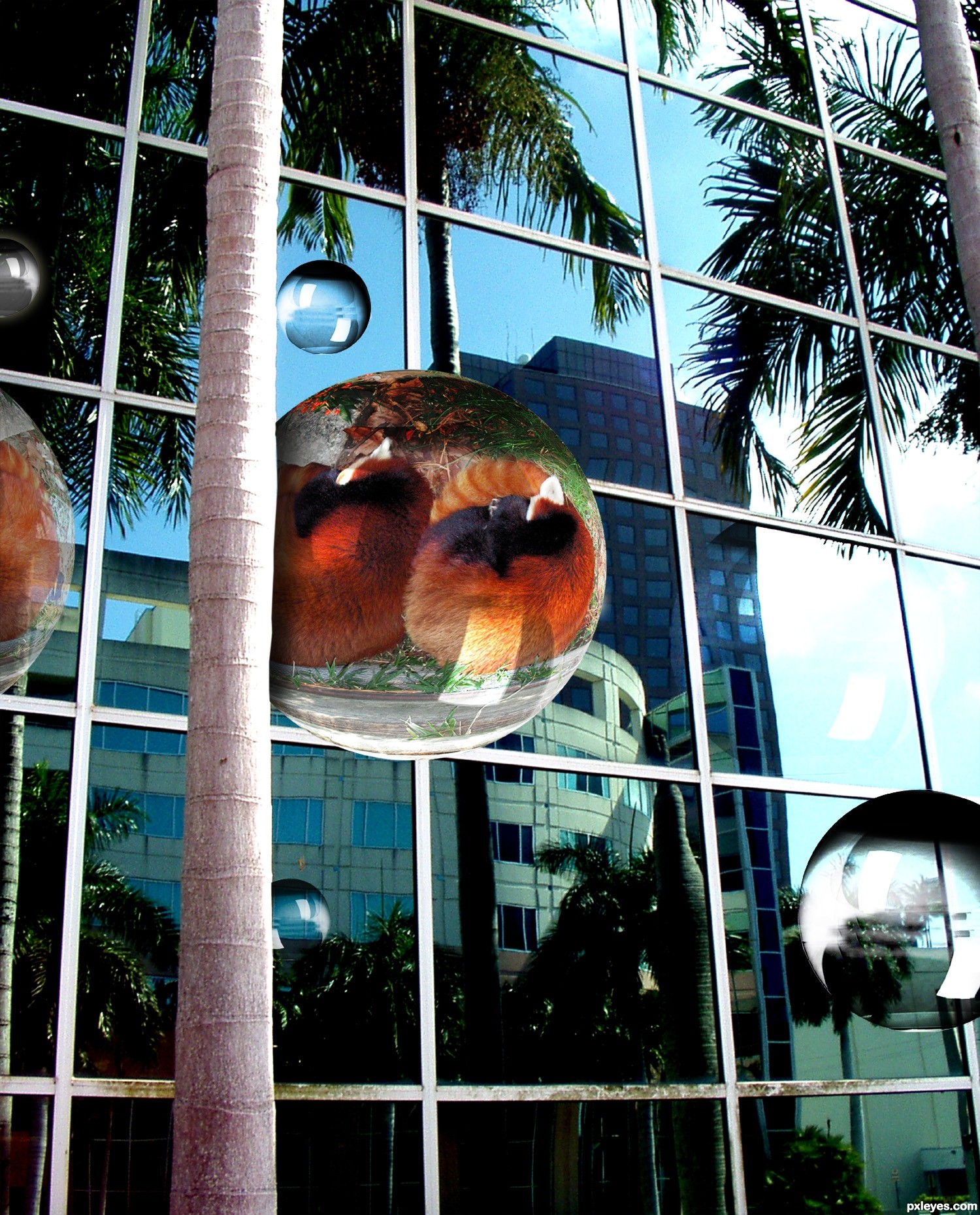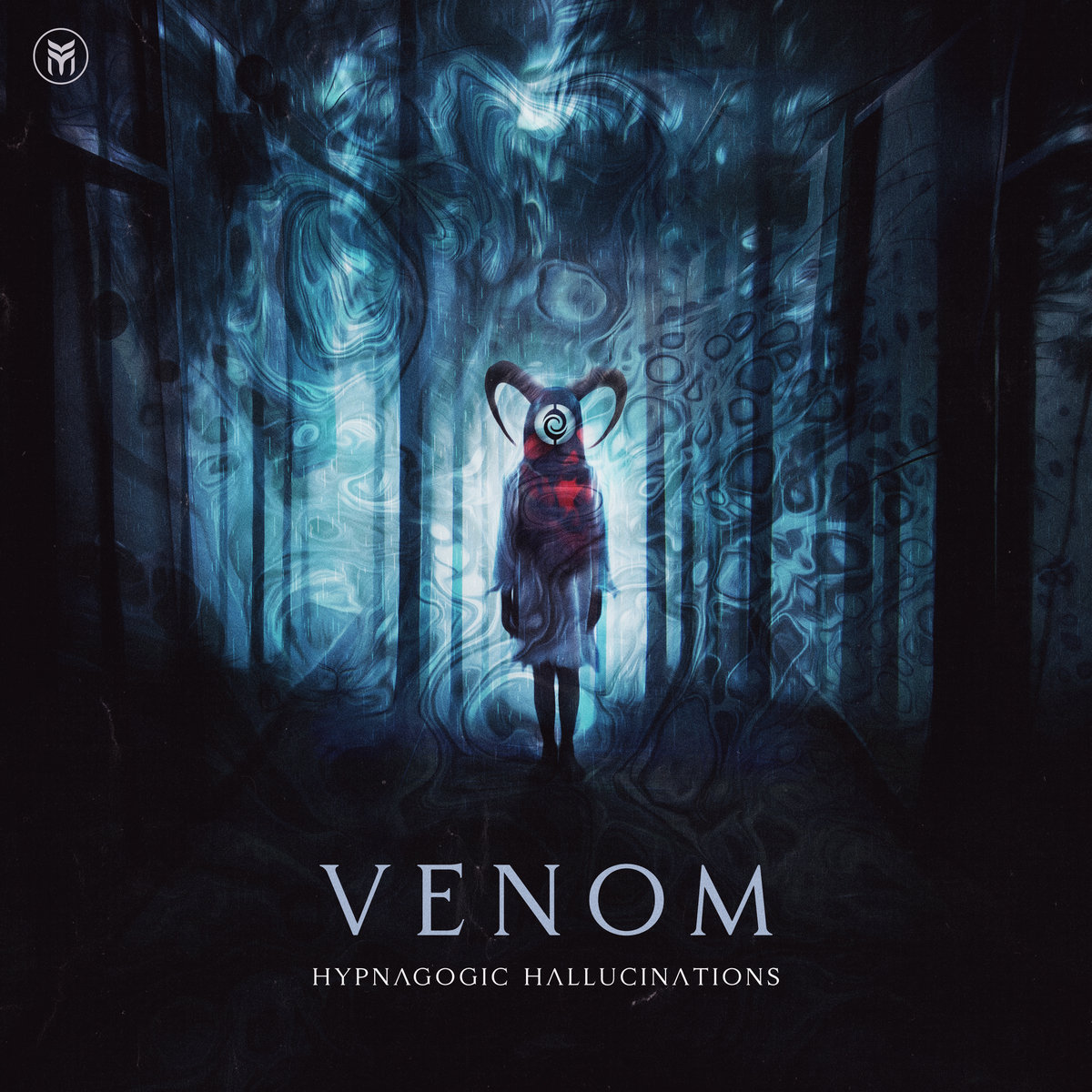

Hypnopompic hallucinations may be a better indicator of narcolepsy than hypnagogic hallucinations in subjects reporting excessive daytime sleepiness. The scientific name given to the phenomenon is Hypnagogia. Hypnagogic hallucinations primarily involve seeing things that aren’t there. In general, hallucinations involve seeing, hearing, feeling, or smelling something that isn’t actually present. However, experts often recommend trying to find a potential cause for hallucinations. Having hypnagogic hallucinations can be confusing or scary, but they are generally not harmful. Around 25 to 37 of people have a hypnagogic hallucination at some point in their life.

Hypnagogic and hypnopompic hallucinations were much more common than expected, with a prevalence that far exceeds that which can be explained by the association with narcolepsy. Hypnagogic hallucinations, also sometimes referred to as waking dreams, are a type of hallucination 1 that occurs as a person is drifting off to sleep 2. A hypnagogic hallucination occurs when falling asleep. Sometimes, hypnagogic hallucinations happen along with a state of sleep paralysis. Hypnopompic hallucinations are similar hallucinations that occur upon awakening they can also occur in various sleep disorders but are less common. According to this study, the prevalence of narcolepsy in the UK is 0.04%. They’re simply something that your brain might do during the process of falling asleep.

Both types of hallucinations were significantly more common among subjects with symptoms of insomnia, excessive daytime sleepiness or mental disorders. Thirty-seven per cent of the sample reported experiencing hypnagogic hallucinations and 12.5% reported hypnopompic hallucinations. Occasionally they may involve sounds, voices, or physical sensations. These hallucinations are commonly visual and consist of vivid images of patterns, shapes, or people. Interviews were performed by lay interviewers using a computerised system that guided the interviewer through the interview process. Hypnagogic hallucinations are common sleep-related hallucinations that occur as a person is falling asleep. However, the prevalence of these phenomena in the general population is uncertain.Ī representative community sample of 4972 people in the UK, aged 15-100, was interviewed by telephone (79.6% of those contacted). Hypnagogic and hypnopompic hallucinations are common in narcolepsy.


 0 kommentar(er)
0 kommentar(er)
